These small displays, with just about a 1-inch diagonal, offer excellent readability thanks to the high contrast of OLED technology. Composed of 128x32 individual white OLED pixels controlled by a controller chip, they don't need a backlight as they emit their own light. This not only cuts down on power consumption but also gives the display its amazing contrast. We love this compact display for its sharpness! The SSD1306 driver chip communicates only via SPI and requires 4 or 5 pins for communication with the OLED display. The OLED and driver run on a 3.3V power supply and 3.3V logic levels. To simplify usage for our customers, we've integrated a 3.3V regulator and level shifter on the board, making it compatible with 5V microcontrollers like the Arduino. Power consumption varies based on the lit area, but on average, it draws about 20mA from the 3.3V supply. The built-in switch-cap charge pump in the OLED driver converts 3.3V - 5V to a high-voltage drive for the OLEDs, making it super easy to incorporate into your projects. We provide a detailed tutorial and example code in the form of an Arduino library for text and graphics. You'll need a microcontroller with over 512 bytes of RAM to buffer the display. You can download our SSD1306 OLED display Arduino library from GitHub, which comes with example code. It can print text, bitmaps, pixels, rectangles, circles, and lines. Using 512 bytes of RAM to buffer the whole display, it's incredibly fast and easy to adapt to other microcontrollers.

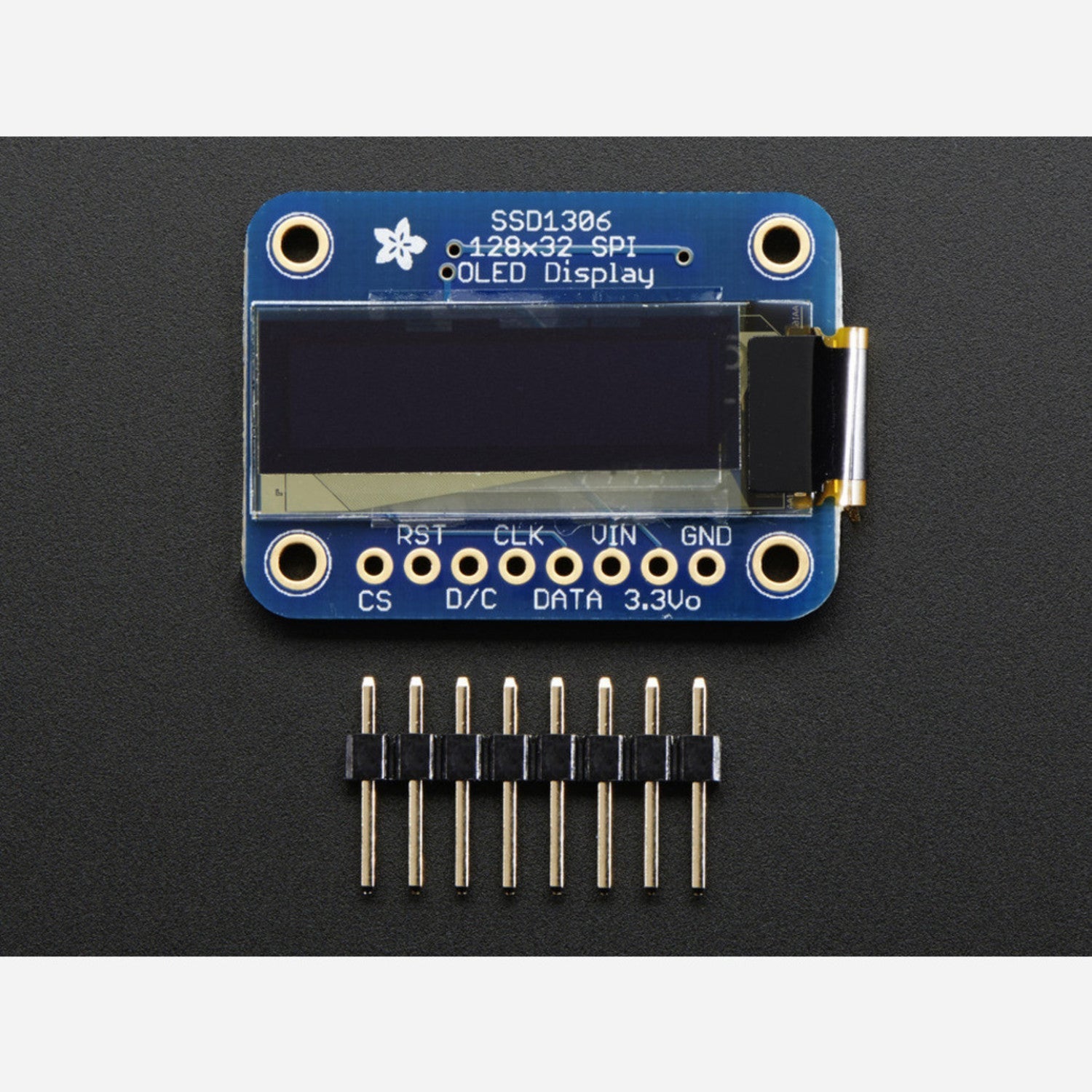
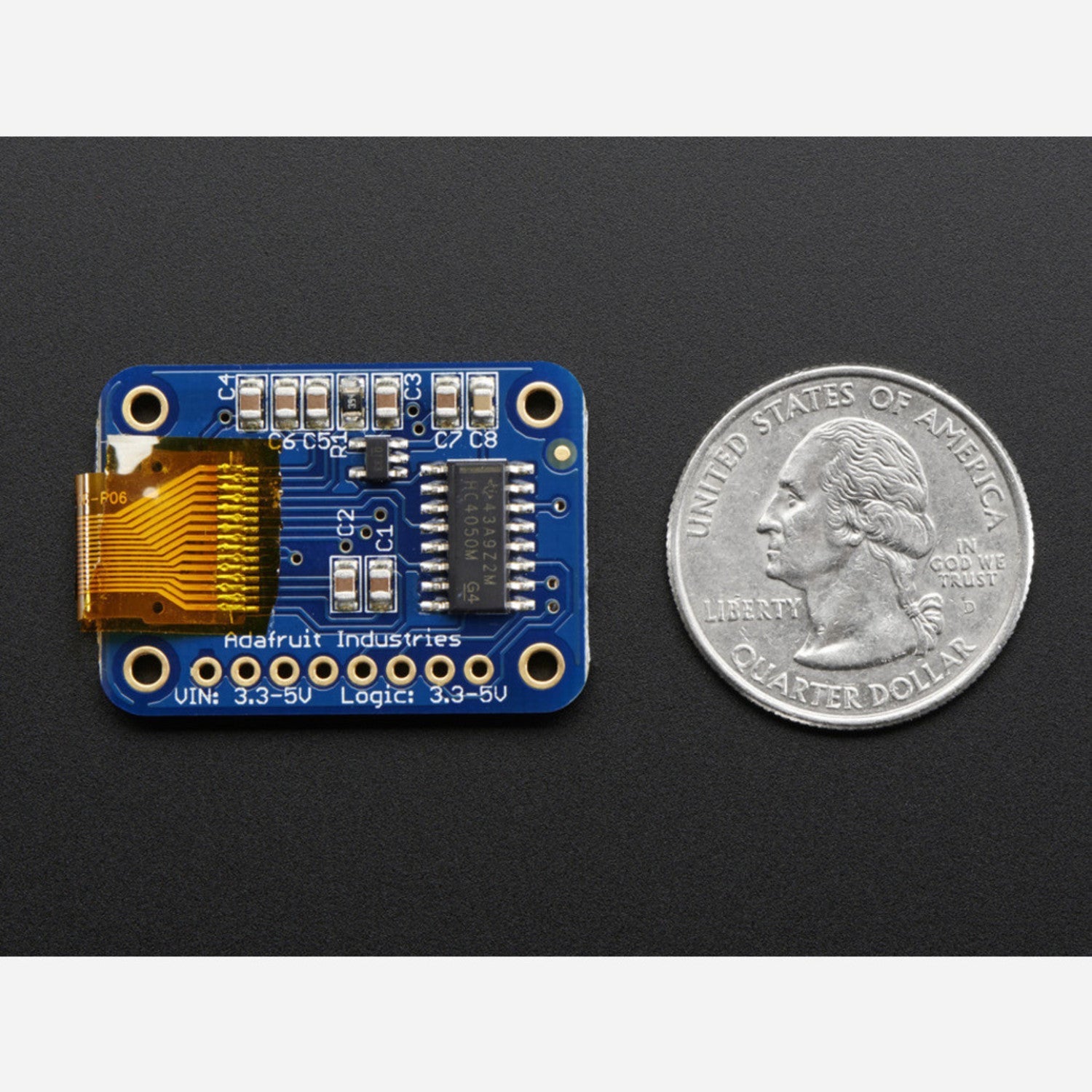
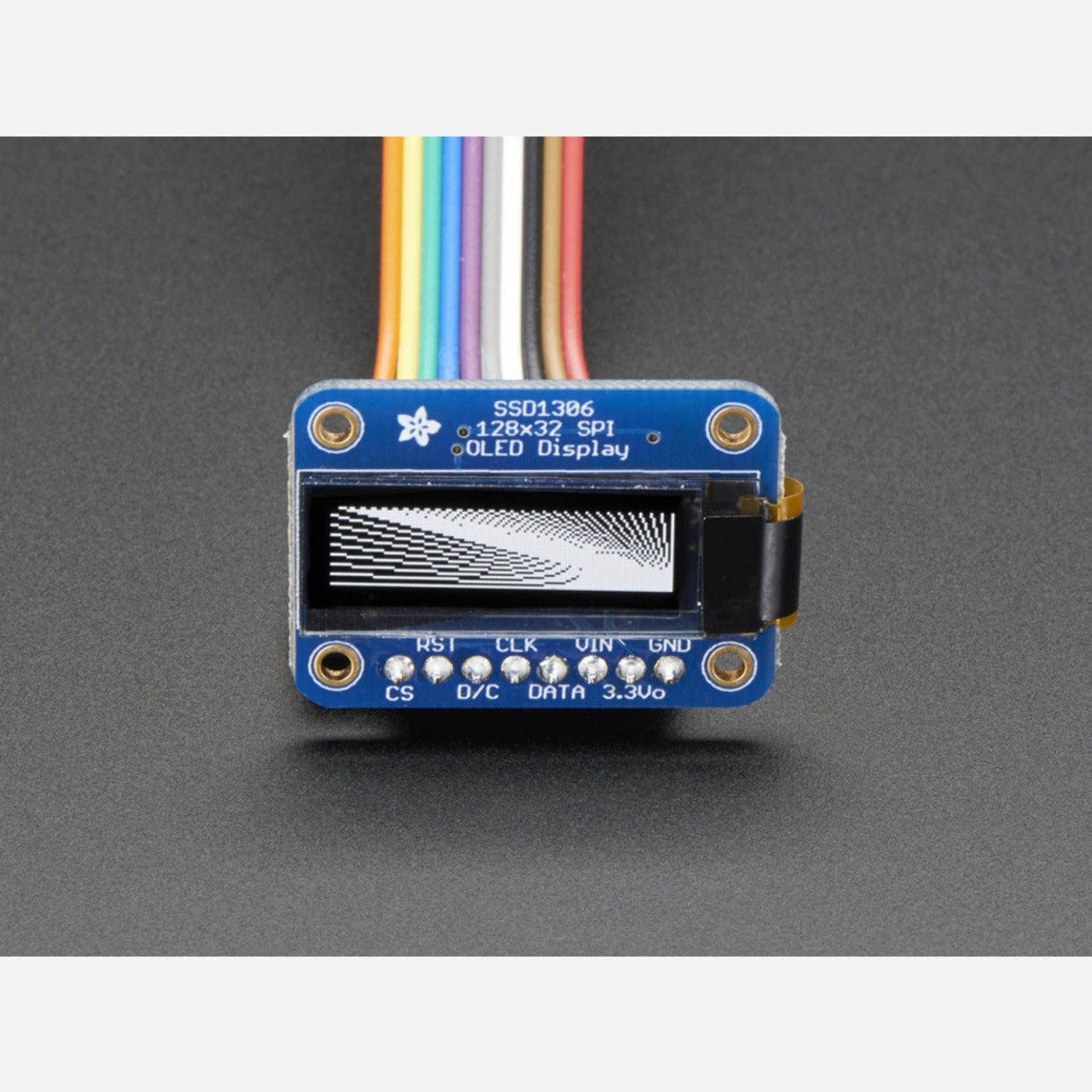
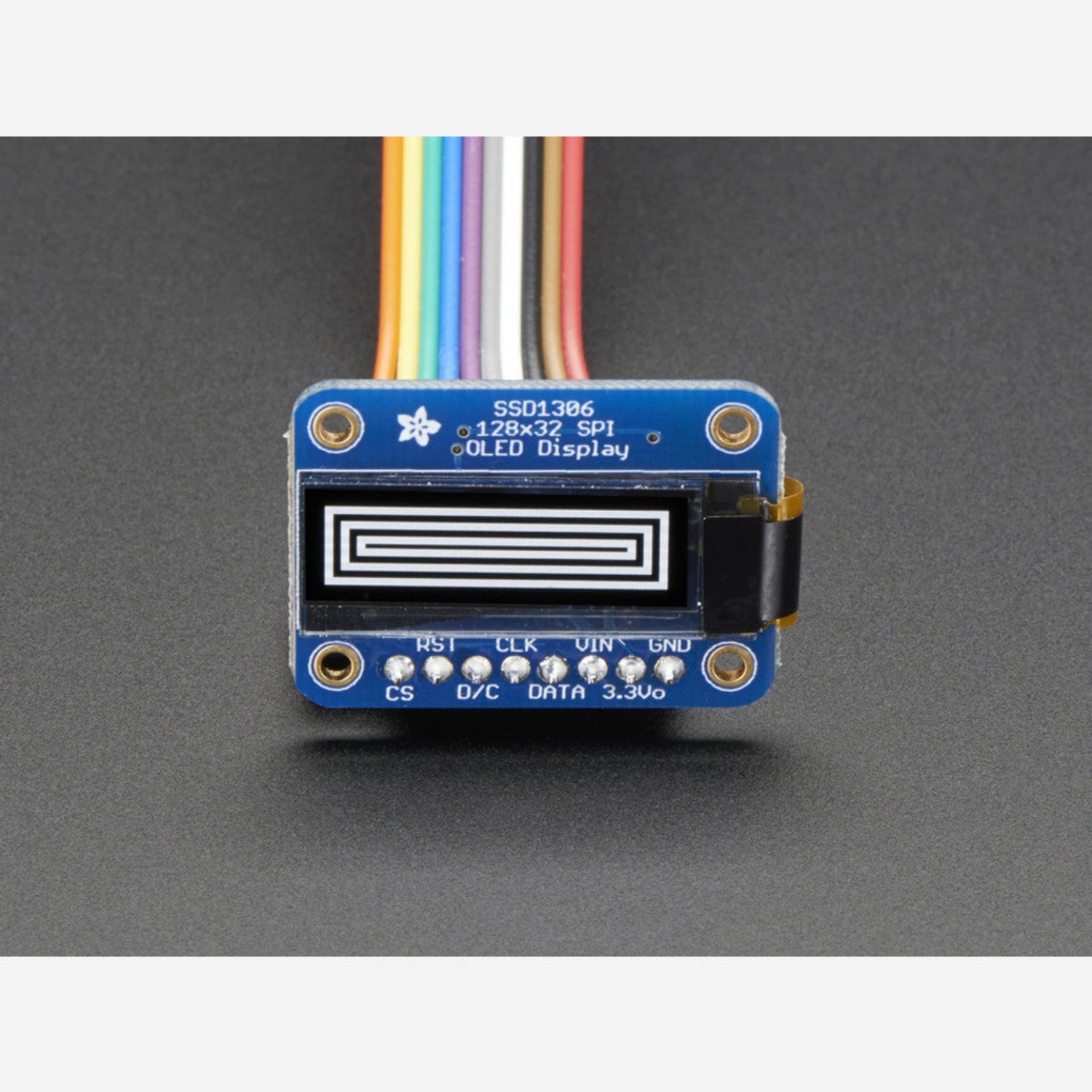
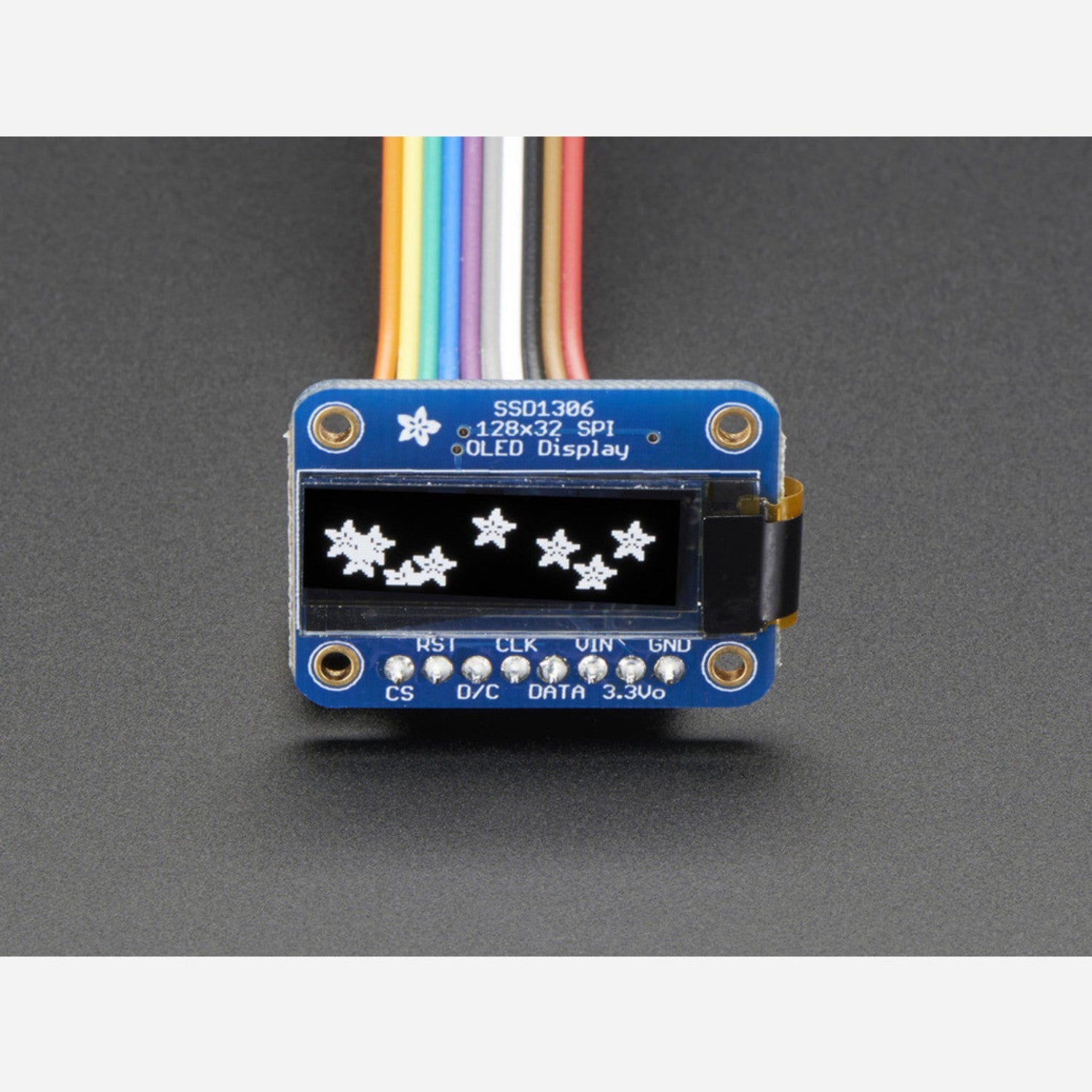
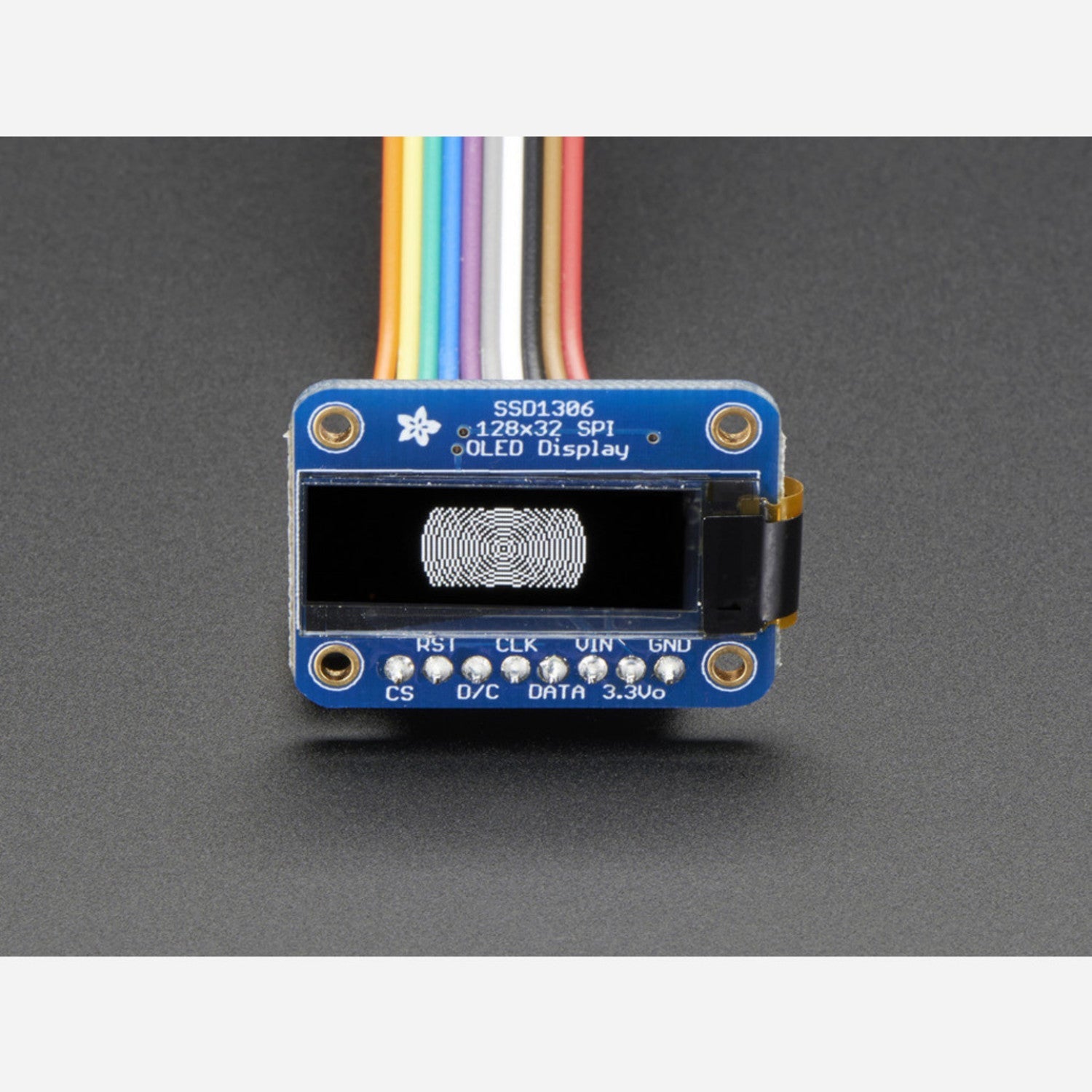
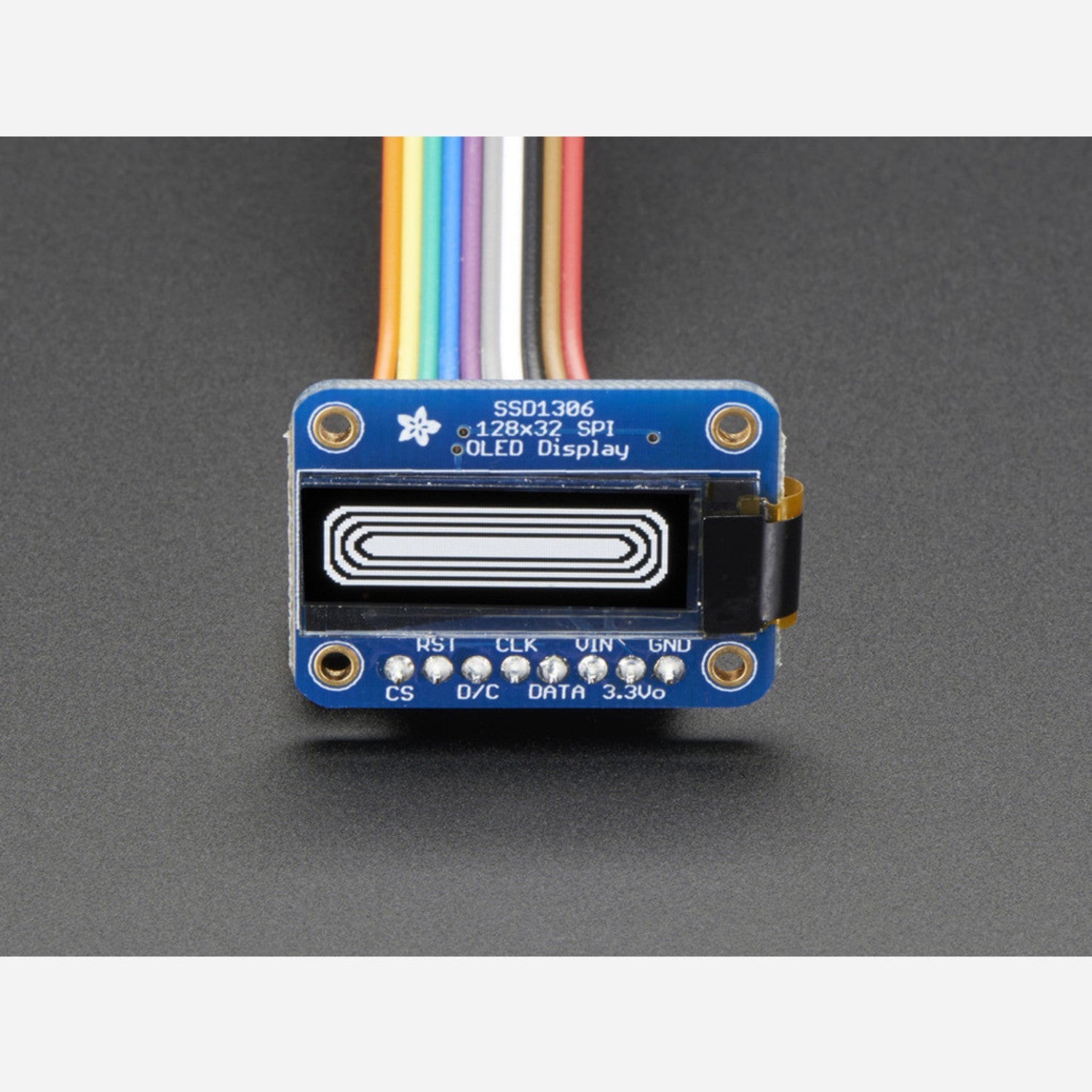
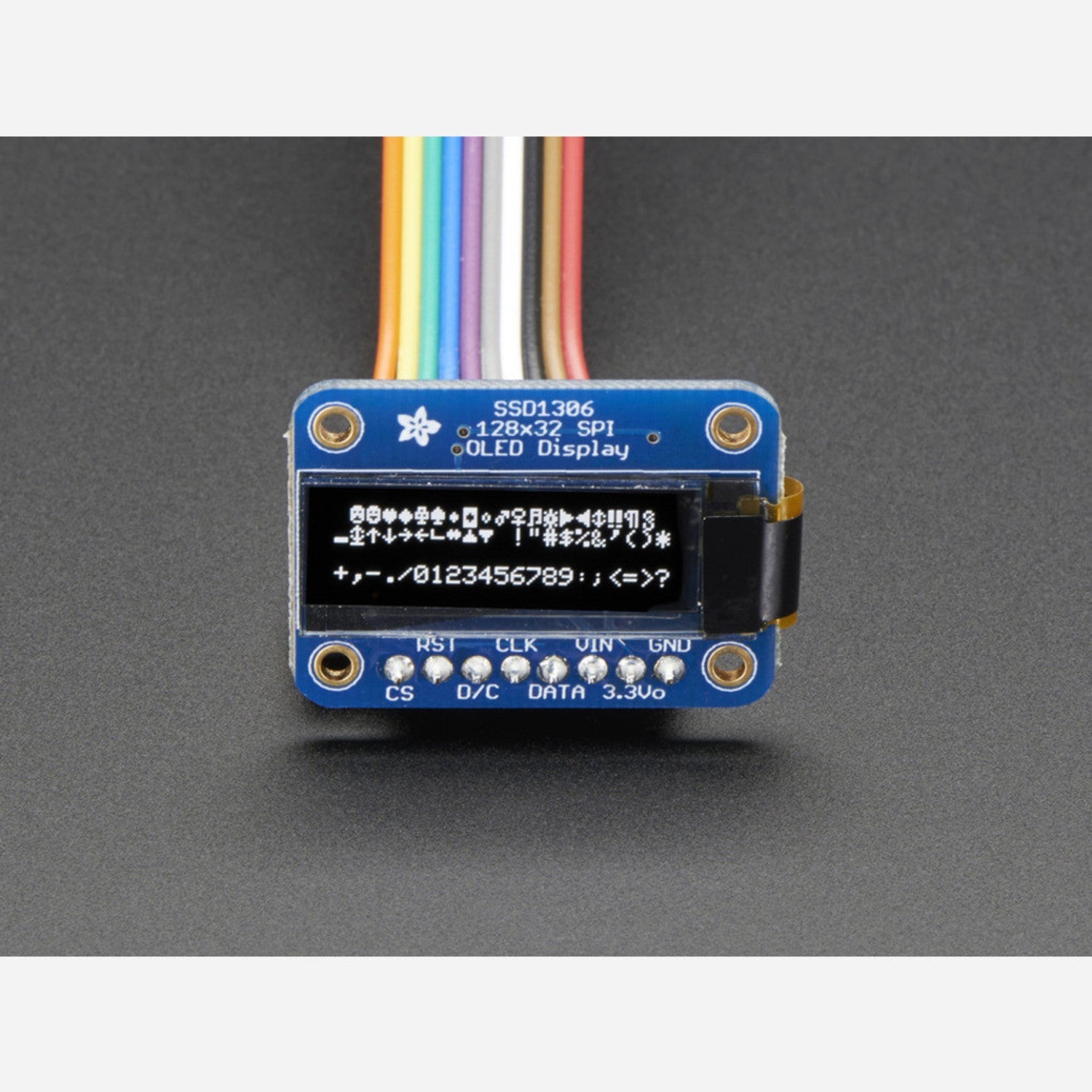
Using this display is a breeze. First, connect it to your microcontroller. Since it has a 3.3V power supply requirement, thanks to the built - in 3.3V regulator and level shifter, it can work with 5V microcontrollers like Arduino. Make sure to use 4 or 5 pins for SPI communication with the SSD1306 driver chip. When it comes to power, expect an average draw of about 20mA from the 3.3V supply, but it can vary depending on how much of the display is lit. You'll need a microcontroller with more than 512 bytes of RAM to buffer the display. Download the SSD1306 OLED display Arduino library from GitHub. It's full of example code that can help you print text, draw shapes, and more. Just follow the instructions in the detailed tutorial that comes with it. As for maintenance, keep it in a dry and clean environment. Avoid exposing it to extreme temperatures or physical shocks. If you have any issues, refer to the datasheet and the example code. They should have you up and running again in no time.







